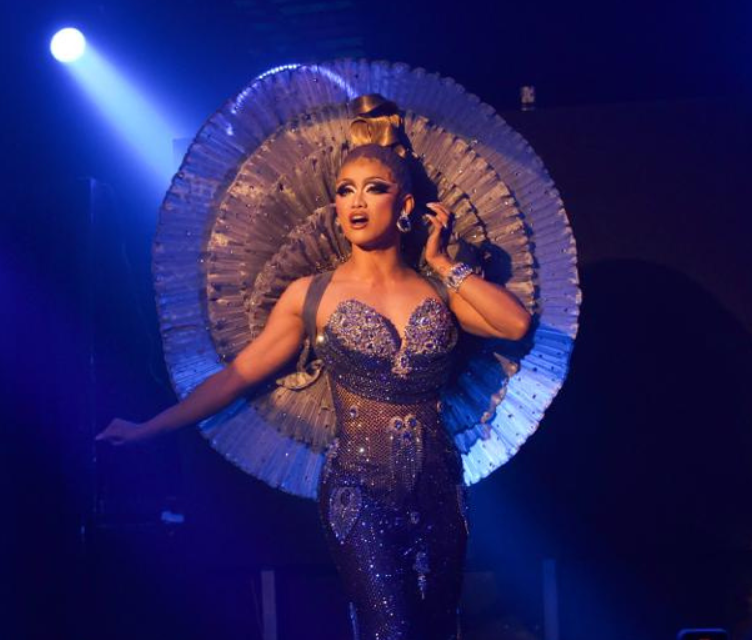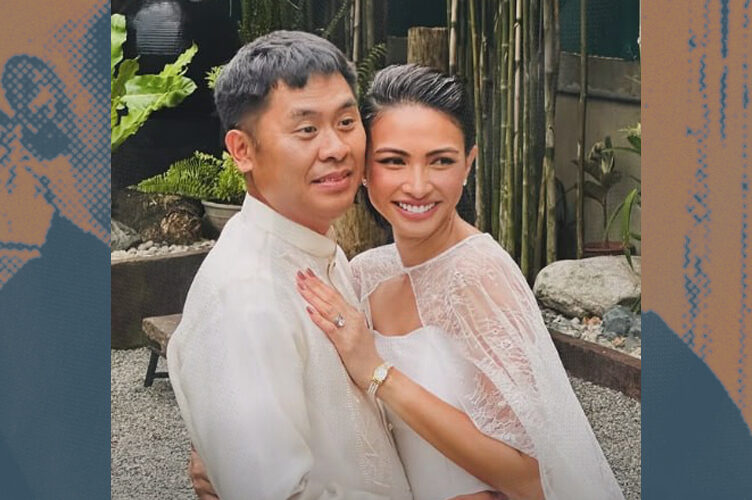SHE is attractive. She is seductive. And she will eat you up.
For many decades, the existence of the Femme Fatale in films is prominent within the storylines of many films.
This female character is frequently introduced as the protagonist’s ally that will initially lure the protagonist to trust her; only to wield him into her feminine charm that will pull him down into a compromising situation that benefits the femme fatale.
She comes to add one of the flavors in the storyline that makes the story much more interesting as it progresses. She may be kept in the shadows to make the main character shine, but her mysterious aura is something that can never be missed.
The birth of the Femme Fatale
If one can give a great combination that describes the Femme Fatale, that would be beauty and mystery. She is a lethal type of person who calculates her every move upon acting up on a decision that she makes.
Coming from the French term that translates into “fatal female,” the Femme Fatale was birthed in the late 19th century.
Before the infamous phrase “femme fatale,” she was referred to as a vamp which was seen in the earlier films of the 1910s and 1920s; taking inspiration from a vampire that would literally (and figuratively) suck the life out of men with the help of her sexual seduction.
The trope began rising into prominence in the 1930s and 1940s when noir films started becoming mainstream. Oftentimes, she is depicted as this incredibly beautiful woman who was often seen with the man in suit and fedora.
The figure of the Femme Fatale often embodies her sexuality, vulnerability, and overt femininity. It is used as a power to deceit the men around her for her own benefit.
The Femme Fatale trope is divided into two categories: the classic femme fatale and the subversive femme fatale.
Within the classic femme fatale trope, she will first introduce herself as someone who has good intentions. She will build an allyship with the man in her target only to use this later on for her benefit.
Meanwhile its other trope: the subversive femme fatales are at the opposite of the classic femme fatale. While the classic ones can be written as the bad ones, their alternative does not follow the typical script.
Some are portrayed as a hero with some even managing to claim victory in the end of the movie.
The appeal of the femme fatale was not aligned with the traditional feminine role, especially considering that she is the type of woman who shows no interest in becoming a mother nor wanting to be controlled by a man.
She only cares about herself and will do everything within her power to get what she wants.
In the movies, she comes off as this complex character who appears either questioning whether her motives are right or wrong or might be that she exactly knows what she wants and how she wants things to be.
The evolution of the dangerous woman
As the years went on, the depiction of the femme fatale in the cinemas continued to progress; leading to a whole new variation of the female archetype that fits well within the modern times.
In the New Hollywood Era of the early 1970s, filmmakers began creating the sub genre of Neo-Noir through a 1974 film Chinatown starring American actress Faye Dunaway. In the film, she is classified as the femme fatale.
In the film, the character of Evelyn Dunaway is defined as a person that is defined entirely by the secrets she keeps. Her secrets come to indicate the reason why she speaks precisely and carefully; the suggestion that every word that comes out from her mouth is internally monitored before letting someone hear it.
It is also the reason why she is inwardly focused and distant; taking to the point where she takes offense at even the most casual of personal comments.
In the 80s,90s and 2000s, the sub genre of erotic began to be mainstream; with the birth of noir-influenced movies such as Blade Runner and Blue Velvet arriving on the big screen.
During this time, the movie Basic Instinct began showcasing a more violent side of the femme fatale and the brutal example of this can be seen in the character of Catherine Tramell (Sharon Stone); where she takes pleasure in committing the perfect crime over and over again for her own amusement.
Throughout the film, Catherine Tramell doesn’t really have a clear motive on why she lures and takes the lives of her victim. Without this clear motive; viewers of the film began having their own interpretation on why she did it; with some people ending up concluding that it is due to trauma.
In the 2010s, the movie Gone Girl had perfectly displayed a femme fatale named Amy Dunne (Rosamund Pike) through her flawlessly curated storyline that tells the tale of Nick Dunne’s loving wife.
Unlike Cathrine Trammel, Amy Dunne has her own motive on coming up with this plan and this is to get revenge on her husband for betraying her.
Amy Dunne crafted a believable story depicting how her husband terribly treated her in their marriage; coming on the point that she came to frame him on murdering her.
A challenge to male authority
Whenever we think about the femme fatale, one of the first things that we come to see in her character is her charm. She is created with an expensive style that compliments her natural beauty and with this beauty—comes as a weapon of disguise.
Originally, she is created to destroy but has it ever crossed your mind on why she is still loved despite her twisted thoughts?
The idea of the femme fatale is curated into the male likings. She is seductive; she is confident, and just overall perfect.
Men are visual creatures and being in the presence of a woman who embodies most of the traits that men consider to be perfect only makes him more fond of her physically. However, if you were to look at her from what she is on the inside; she comes off as a challenge for most men.
Living in a world that is dominated by masculine figures, men are often applauded with their sexual conquests but if a woman were to do the same thing; she is viewed as someone who is abusing her “charm,” as a form of manipulation.
If the femme fatale is to be added in the concept of feminism, she is considered as a protofeminist due to her defiance to the traditional gender role.
She tends to act very unlike what is considered as “feminine,” by societal definition causing it to be seen as a threat for traditional men.
From a very young age, girls are thought to behave and are restrained from expressing themselves sexually. Elders rebuke the young girls from openly expressing themselves while mothers come to teach their daughters how to be submissive towards their husband.
Girls are smothered with lessons after lessons of household chores and motherhood, causing her to miss out on opportunities and the ability to speak up for herself.
Traditional women are trained to be mothers and one of the things that a femme fatale refused to be is to be a mother. And because of being defiant to traditional female roles and her refusal to be a mother, this became a threat primarily to the traditional men.
Due to their strong personality and alluring confidence, most people (primarily the modern women) would come to praise her for being powerful.
Thanks to her portrayal, many women are inspired to aspire like her and with this; characteristics of her became praised especially with the modern times.
How useful was this post?
Click on a star to rate it!
Average rating 0 / 5. Vote count: 0
No votes so far! Be the first to rate this post.
We are sorry that this post was not useful for you!
Let us improve this post!
Tell us how we can improve this post?







